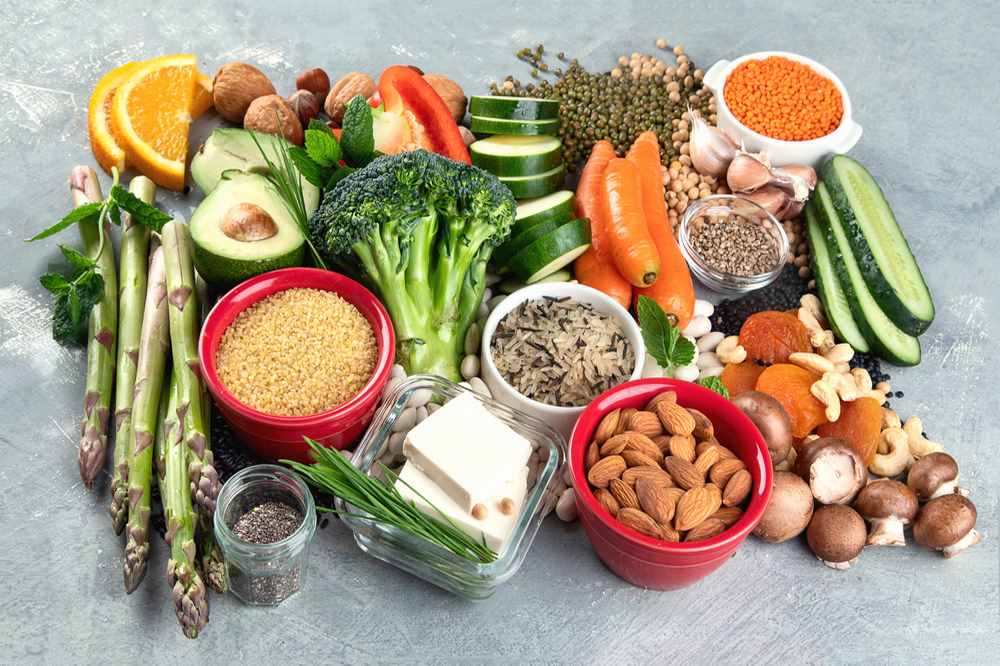Protein Deficiency Treatment

As protein deficiency frequently accompanies with dehydration, increased risk of infections, loss of electrolytes and vitamins, it needs immediate medical help. In majority of the cases of severe protein deficiency, the treatment starts with fluid replacement and sometimes also need antibiotic therapy. A blood test can show whether a person has adequate protein in the body or not. A doctor performs a series of blood tests known as total albumin, protein, and albumin/globulin (A/G) ratios to detect protein deficiency.
Albumin and globulin are the two proteins that synthesize in liver and play a major role in detecting protein deficiency in human body. The protein tests can show whether the albumin and globulin proteins are low are enough or the total proteins levels are reducing. If the two protein are suffering imbalance, it might signal a medical issue such as kidney disease, autoimmune condition, or a liver disorder.
A physician will tailor treatment individually for each patient by treating the underlying cause of the low protein levels in the body. Treatment options for protein deficiency patients can also vary on the basis of a person’s health status, diet, medical history, and age. A doctor might need to go on with a thorough physical examination, medical history, and diagnostic testing to evaluate the cause of low protein levels. The doctor then devises a specific treatment plan after the determination of the underlying cause of protein deficiency. Following are some treatment options to resolve the condition of protein deficiency:
Dietary interventions
Detailed recommendations for the treatment of children suffering from severe protein deficiency i.e., kwashiorkor are present. These recommendations include paying special attention to the electrolyte and fluid imbalance which is likely to characterize as the indication of acute protein deficiency case. Due to the secondary instructions and complications for the initiation of treatment with consequent feedings of milk which has half strength, there is development of fluid and electrolyte imbalances.
One to two grams of protein and almost 30 to 60 calories per kg are important to provide in the first 24 hours and the amount and strength of milk then increases to provide 5 g of protein and 100 kcal per kg at the end of the first week. Foods like fruit juice, bananas, eggs, vegetables, cereals, and meat add gradually to the diet to boost and support the recovery. The diet given throughout the recovery period contains 130 to 150 kcals of energy and almost 5 to 7 grams of protein.
A person having celiac disease the underlying cause behind protein deficiency will need to make few dietary adjustments such as going on a gluten-free diet. Omitting gluten from the diet will significantly improve the absorption of nutrients at small intestine including proteins. Pregnant women with extensive symptoms of vomiting and nausea might need specific treatment to avoid their symptoms. Treating nausea and vomiting can aid pregnant women to consume enough proteins and calories for an optimum growth and development of their baby.
